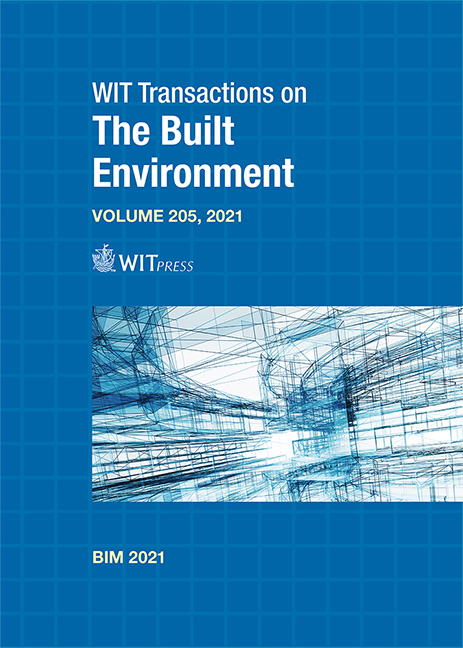GREEN BUILDING DESIGN AND ASSESSMENT WITH COMPUTATIONAL BIM: THE WORKFLOW AND CASE STUDY
Price
Free (open access)
Transaction
Volume
205
Pages
11
Page Range
3 - 13
Published
2022
Paper DOI
10.2495/BIM210011
Copyright
Author(s)
YAIK-WAH LIM, TAKI EDDINE SEGHIER, MOHD HAMDAN AHMAD, PAU CHUNG LENG, AZARI MAT YASIR, NORASLINDA ABDUL RAHMAN, WAI LAI CHAN, SHARIFAH SALWA SYED MAHDZAR
Abstract
Due to growing concern regarding sustainability in the built environment, several green building assessments and rating tools have been established worldwide including Green Building Index (GBI) in Malaysia which was introduced in 2009. However, the current methods of measuring, analysing and documenting the green building design rely on a number of disjointed processes to meet the discrete requirements for various building systems. The development of building information modelling (BIM) together with computational programming has made it easier for complicated building modelling to be digitally constructed, generating required information to support green building design and assessment throughout various project stages. Thereby, the aim of this research is to integrate computational BIM with green building design and assessment in Malaysia, using GBI as a unique case and an office building in Kuala Lumpur, Malaysia as a case study. Match-up of BIM (Revit) functionalities and GBI (NRNC) criteria was formulated, then visual programming (Dynamo) was employed to automate the BIM data management process. The findings of this research have developed workflows and templates to assess several criteria, namely energy efficiency (EE), indoor environmental quality (EQ), sustainable site planning and management (SM) and material and resources (MR), which allow a higher level of automation in green building assessment.
Keywords
building information modelling, visual programming, office building, sustainability, Green Building Index





